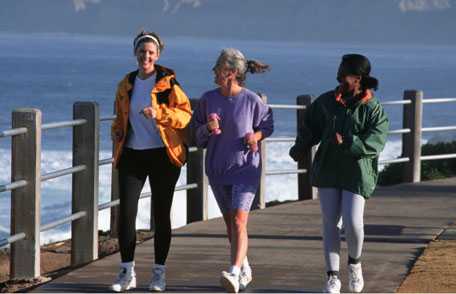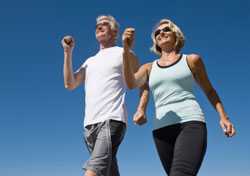Adult Obesity in the U.S.
 Adult obesity remains high across the U.S. Learn what you can do to get to a healthy weight.
Adult obesity remains high across the U.S. Learn what you can do to get to a healthy weight.
Obesity is a common, serious, and costly health issue that affects people in every state in the nation. New data show that at least 1 of 5 adults in every state has obesity. This condition is linked to some of the leading causes of death, including type 2 diabetes, heart disease, and some cancers. Obesity and the health problems it causes cost the U.S. health care system as much as $147 billion per year.
States differ in their levels of obesity.
The percentage of people with obesity varies from state to state, and the problem is worse in some parts of the country than in others. The percentage of people with obesity also varies by other factors, such as race and ethnicity. These differences may be partly due to difference in people’s access to healthy foods and safe places to be physically active. Some Americans have less access to stores and markets that sell healthy, affordable food such as fruits and vegetables. Safe routes for walking or biking do not exist in some neighborhoods. Some communities do not have parks and recreation centers that people can get to easily.

Adults should aim for 150 minutes of moderate activity every week.
All Americans can take actions to get to and stay at a healthy weight.
Everyone can:
- Eat more fruits and vegetables during meals and as snacks.
- Eat fewer foods high in fats and added sugars.
- Drink water instead of sugary drinks.
- Help children develop healthy eating habits by being a good adult role model .
- Limit TV watching and other non-homework screen time for children to less than 2 hours a day.
- Support and encourage breastfeeding among moms.
- Be more physically active. Adults should aim for 150 minutes of moderate physical activity, like brisk walking, [2.61 MB] each week.
National, state, and local governments can:
- Make sure that our schools, worksites, and communities offer healthy, affordable food choices.
- Create safe and convenient places in our communities where residents can be physically active.
- Design local streets that are safe for walkers and other street users.
- Allow community residents to use local school tracks or gyms after classes have finished.
- Page last reviewed: September 30, 2015
- Page last updated: September 30, 2015
- Content source:
- National Center for Chronic Disease Prevention and Health Promotion, Division of Nutrition, Physical Activity, and Obesity
- Page maintained by: Office of the Associate Director for Communication, Digital Media Branch, Division of Public Affairs




 ShareCompartir
ShareCompartir